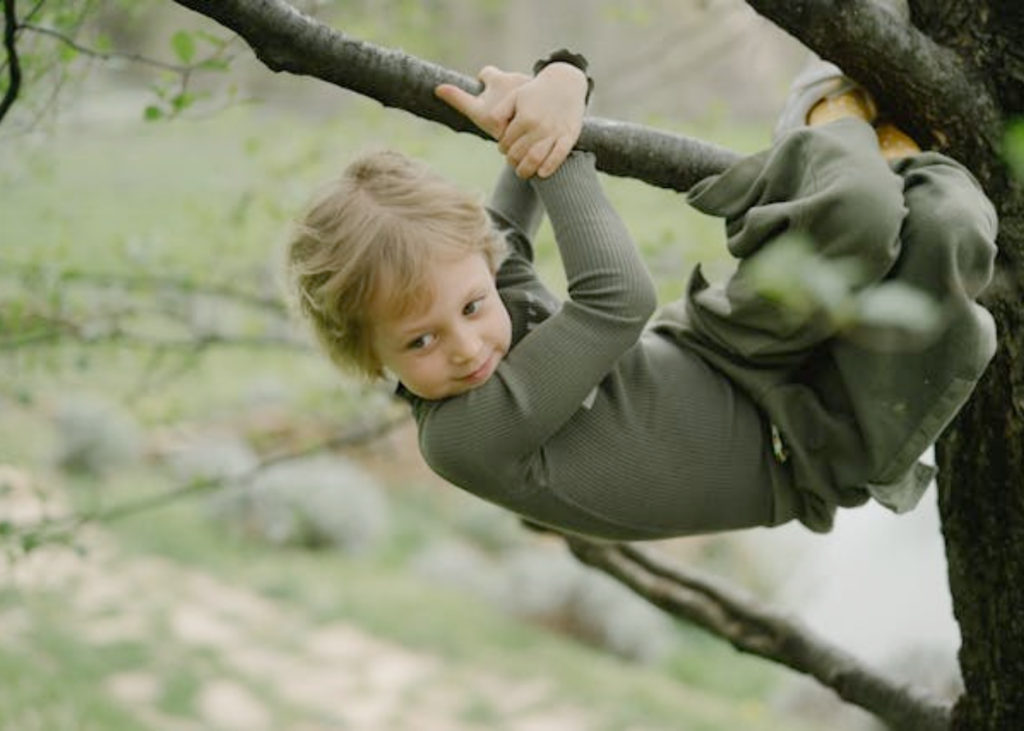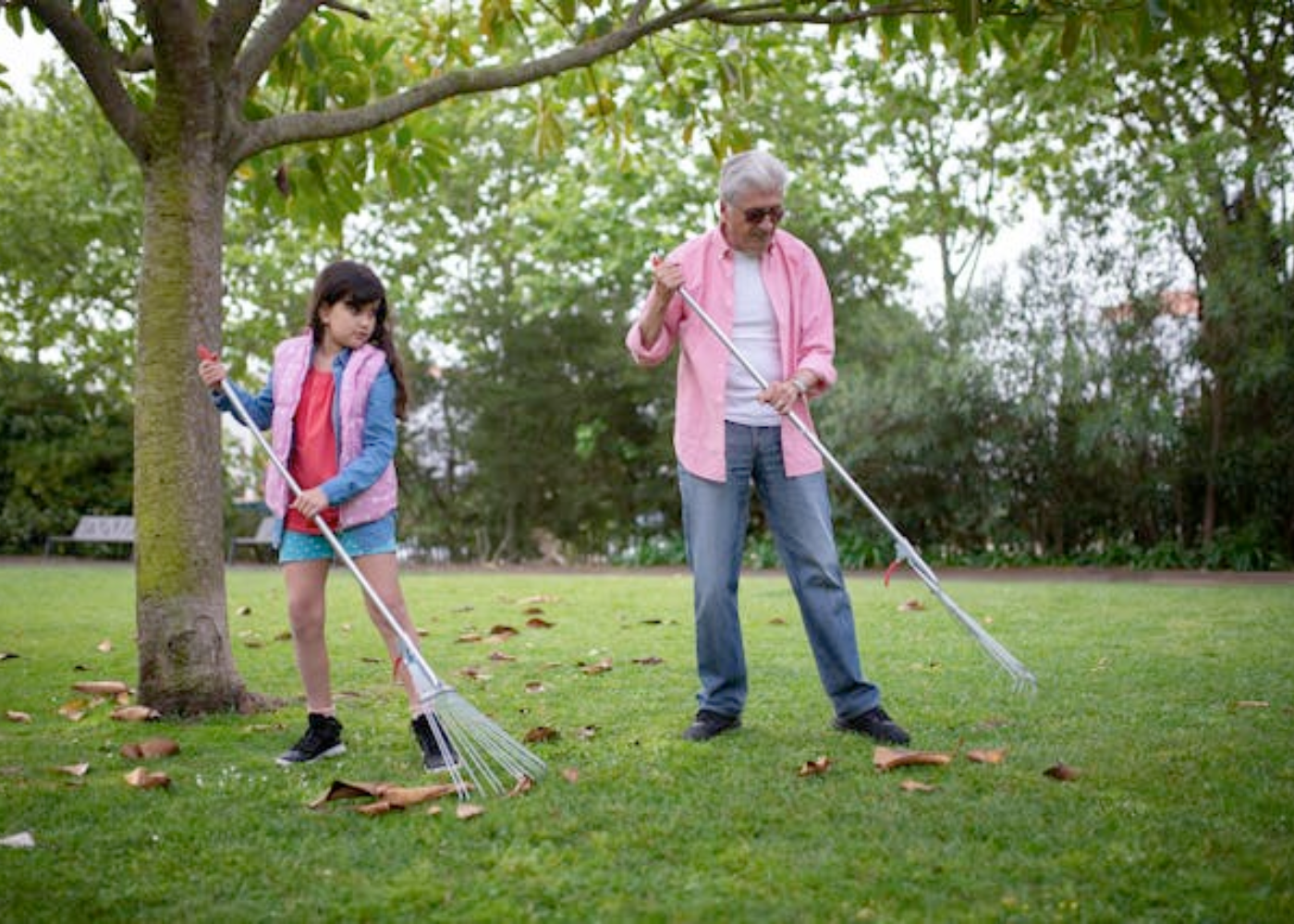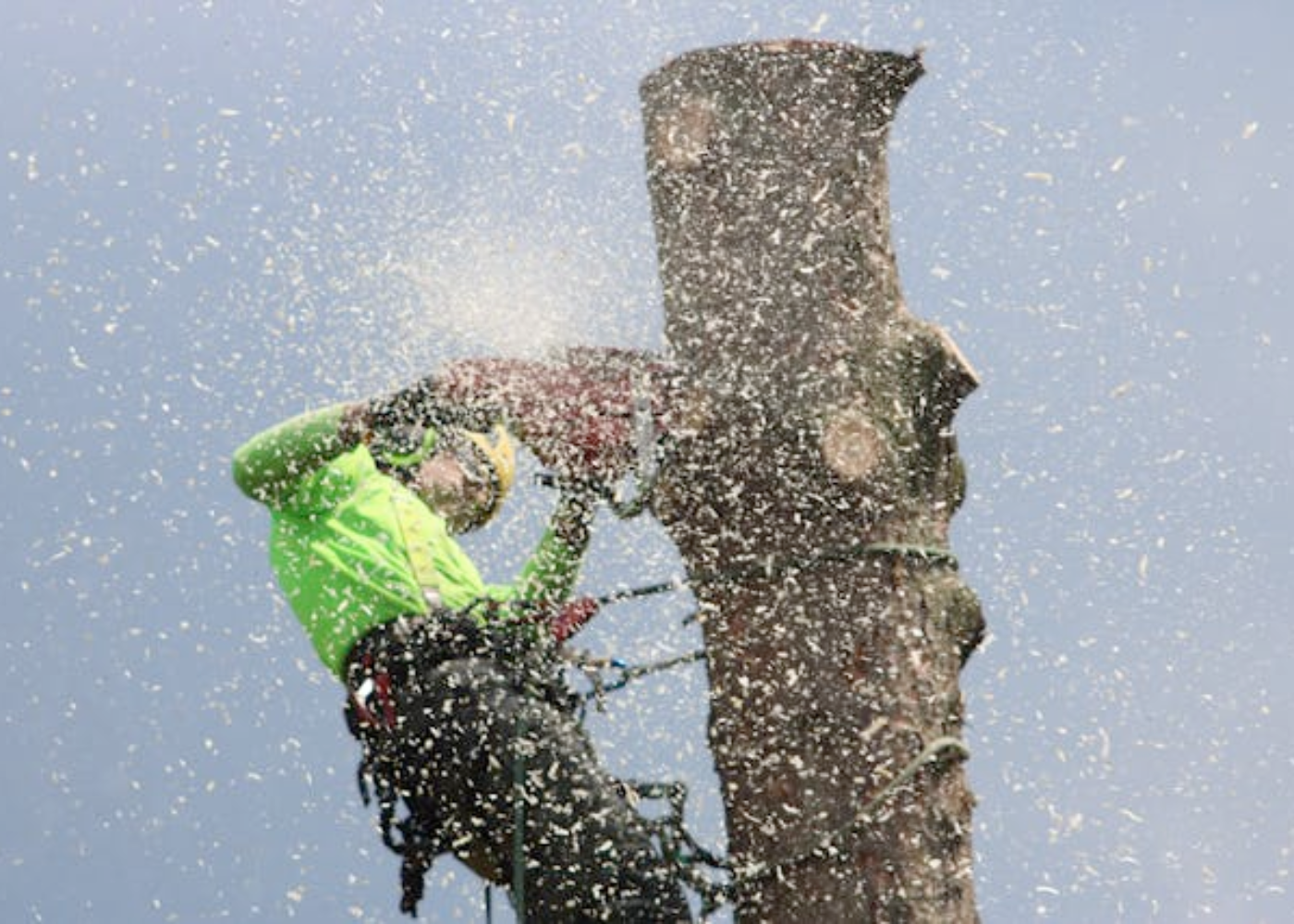
9 Child-friendly Tree Care Tips For A Safer Backyard
If you are busy work-from-home mum with young children, your outdoor area should be more than just a yard – it should be a safe, low-maintenance space that supports your daily routine. Smart tree choices can help you create an environment that is cool, secure, and welcoming for both work and play.
Whether you want a clear, unobstructed view of the kids while they are playing, or keep them away from TV or iPad by engaging them in screen-free activities, having the right trees in the appropriate places makes a real difference. You do not need a big yard or a team of gardeners – just a clear plan and practical advice based on Australia’s climate and native species.
So, to help you get started, here’s 9 easy-to-follow tree tips for mums for a safe, kid-friendly family backyard. Let’s get into it!
A Backyard That Works for You and Your Family
Tip #1: Choose the Right Trees for Australian Conditions
Australia’s harsh weather conditions make tree selection an important decision. Choosing native or drought-tolerant species helps ensure healthy trees with minimal care.
Trees like Acacia, Calliandra, and Horse Tamarind grow quickly, tolerate drought, and require little pruning. These trees get a green tick from Mother Nature as they support local biodiversity by attracting birds and bees, helping to create a vibrant and balanced garden ecosystem.
Trees like Mulberry, Chinese Elm are safe trees for kids due to their non-toxic, non-invasive roots and provides shade and climbing opportunities. Avoid high-maintenance trees like Ficus or Jacarandas, which can damage paving and require frequent cleanup.
Tip #2: Location matters – Plant Trees with Space to Grow
Proper tree placement saves time, effort, and money in the long run. Always plant trees at least 3 to 5 metres from buildings, fences, and paved areas to prevent root damage and allow room for healthy canopy growth. Spacing also improves airflow between trees, which reduces disease and mould risk.
Consider grouping trees with similar light and water needs together for efficient garden management. Thoughtful planning now prevents costly tree removals or structural issues later.
Tip #3: Annual Tree Pruning for a Safe Backyard
Annual pruning is one of the simplest ways to improve tree safety and reduce garden hazards. Focus on removing dead, weak, or low-hanging branches – especially those near power lines, roofs, or children’s play areas. Winter is typically the best time to prune, as it encourages strong new growth in spring and reduces pest exposure.
Some trees, like Mexican Lilac and East Indian Walnut, respond well to pruning and are ideal for shaping and size control. Trimming also lets in more sunlight and air, helping to dry out damp spots and keep your garden healthy. A well-pruned tree is stronger in storms, less likely to break, and easier to maintain in the long term.
Tip #4: Keep Play Zones Free of Tree Hazards
Play areas need to be clear, clean, and free from overhead risks. Avoid placing trampolines, cubby houses, or sandpits directly beneath trees that drop pods, sap, or heavy limbs. While trees provide shade, they can also pose dangers if not well-maintained. Make it a habit to inspecting branches regularly, especially after storms or high winds.
Soft surfaces like rubber mulch, lawn, or artificial turf are best under play equipment. Keep trees that are known for sharp thorns or irritant sap – such as Acacias or Eucalypts – away from children’s spaces. Use hedges or raised garden beds to define zones and create visual boundaries.
By keeping play areas tidy and hazard-free, you allow your kids to enjoy the garden safely while reducing your own stress.
Tip #5: Let Your Kids Help with Garden Tasks
Involving kids in garden care encourages responsibility and helps them build a connection with nature. Tasks like raking leaves, spreading mulch, or watering plants are safe, fun, and educational.
Simple routines like a weekly tidy-up or leaf collection give children a sense of achievement and builds confidence.
Before they start, show them which trees are safe to touch and which to avoid. Some native plants may have prickles, sticky sap, or cause skin irritation. Always supervise young children, especially near garden tools or compost bins. Encouraging safe, age-appropriate garden tasks creates a positive, outdoor-focused family routine and promotes healthy play.

Tip #6: Choose Tidy Trees to reduce on Clean-Up
Low maintenance trees make your yard easier to maintain. Avoid species that drop fruit, nuts, seed pods, as these can attract pests or stain concrete. Opt for trees like Weeping Bottlebrush or Lilly Pilly, which are tidy, drought-resistant, and visually appealing.
During autumn or spring, even tidy trees may shed extra leaves or flowers. A quick weekly rake or use of a leaf blower can help keep surfaces clean and safe. Clean yards reduce the chance of slips, pest infestations, and blocked drains.
Tip #7: Prepare for Storm Season Early
All coastal regions in Australia experience wild weather. Particularly tropical states like Queensland can experience intense wet seasons and cyclones. Preparing your trees early can prevent property damage and injury. Start by checking for split limbs, weak branches, or leaning trunks.
Hire a qualified tree removal company to remove unstable trees or to assess their condition using tree safety guidelines and best practices. Preparing ahead of time can save you thousands in storm repairs.
Tip #8: Know When to Call the Experts
Some tree jobs are too risky to handle alone. If a tree is overhanging your home, close to power lines, or appears diseased, it’s best to get a professional tree lopper involved. Arborists and licensed tree experts use proper safety equipment and techniques to prune or remove trees without causing damage.
Tree experts can also help with pest management, disease diagnosis, stump grinding, and mulch recycling. Having your trees inspected every few years keeps your outdoor space safe and functional. With a trained eye, they can spot problems before they turn into hazards – saving you time, money, and hassle.
Tip #9: Design an outdoor space that works for you
Your outdoor space should support your daily routine and give your family a place to relax, play, and recharge. Use trees to divide areas naturally—create shade for seating, add privacy between neighbours, or shield your yard from strong winds.
Fast-growing species like Lilly Pilly and native Wattles are low-maintenance and green year-round. For cooling benefits, plant shade trees such as Australian Pine or Weeping Paperbark on the western side of your home. These trees lower temperatures, improve air circulation, and make outdoor areas more usable during hot days – while keeping your yard easy to maintain.

A Quick Recap on Creating a Safer Backyard for Your Kids
Phew! That was a lot of information right there! Whilst it can seem like there’s a lot to do when it comes to creating a child-friendly backyard for your kids, it really does come down to these simple points:
- Choose low-maintenance trees that are child safe, non-toxic and provide ample shade.
- Plant trees thoughtfully, keeping them away from structures and play areas.
- Prune trees regularly to remove weak, dead, or dangerous branches.
- Involve kids in tree care to teach responsibility and build outdoor habits.
- Prepare for storm season by trimming and inspecting trees in high-risk areas.
- Use trees to shape your space, creating shaded zones and natural screens.
- Hire professionals for risky jobs like tree removal, disease checks, or stump grinding.
Get these simple jobs done, and you can enjoy quality time in your garden, knowing your kids can play there happy and safe 🙂

Sindhu Sriram is the co-founder of S4 Digital – a web design and SEO agency in Parkdale Melbourne. She is an Aussie work at home mompreneur who is passionate about helping local businesses grow online by maximising their digital footprint through high performing websites and SEO strategies.



